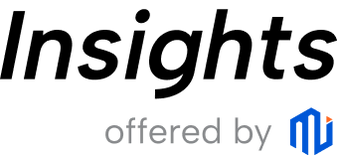BoC’s Macklem: Trump's tariffs threat already having an impact
Bank of Canada Governor Tiff Macklem said late Thursday that a policy shift in the US was causing uncertainty and President Donald Trump's tariff threats were already impacting businesses and households, per Reuters.
Key quotes
Trump's threats of new tariffs are already affecting business and household confidence, particularly in Canada and Mexico.
The longer this uncertainty persists, the more it will weigh on economic activity in our countries.
In a world with more structural change and more negative supply shocks, central banks will be faced with harder choices.
We will be called ineffective or criticized for not doing enough. And some will challenge our independence.
Market reaction
At the time of writing, USD/CAD was unchanged on the day at 1.4305.
Bank of Canada FAQs
The Bank of Canada (BoC), based in Ottawa, is the institution that sets interest rates and manages monetary policy for Canada. It does so at eight scheduled meetings a year and ad hoc emergency meetings that are held as required. The BoC primary mandate is to maintain price stability, which means keeping inflation at between 1-3%. Its main tool for achieving this is by raising or lowering interest rates. Relatively high interest rates will usually result in a stronger Canadian Dollar (CAD) and vice versa. Other tools used include quantitative easing and tightening.
In extreme situations, the Bank of Canada can enact a policy tool called Quantitative Easing. QE is the process by which the BoC prints Canadian Dollars for the purpose of buying assets – usually government or corporate bonds – from financial institutions. QE usually results in a weaker CAD. QE is a last resort when simply lowering interest rates is unlikely to achieve the objective of price stability. The Bank of Canada used the measure during the Great Financial Crisis of 2009-11 when credit froze after banks lost faith in each other’s ability to repay debts.
Quantitative tightening (QT) is the reverse of QE. It is undertaken after QE when an economic recovery is underway and inflation starts rising. Whilst in QE the Bank of Canada purchases government and corporate bonds from financial institutions to provide them with liquidity, in QT the BoC stops buying more assets, and stops reinvesting the principal maturing on the bonds it already holds. It is usually positive (or bullish) for the Canadian Dollar.



